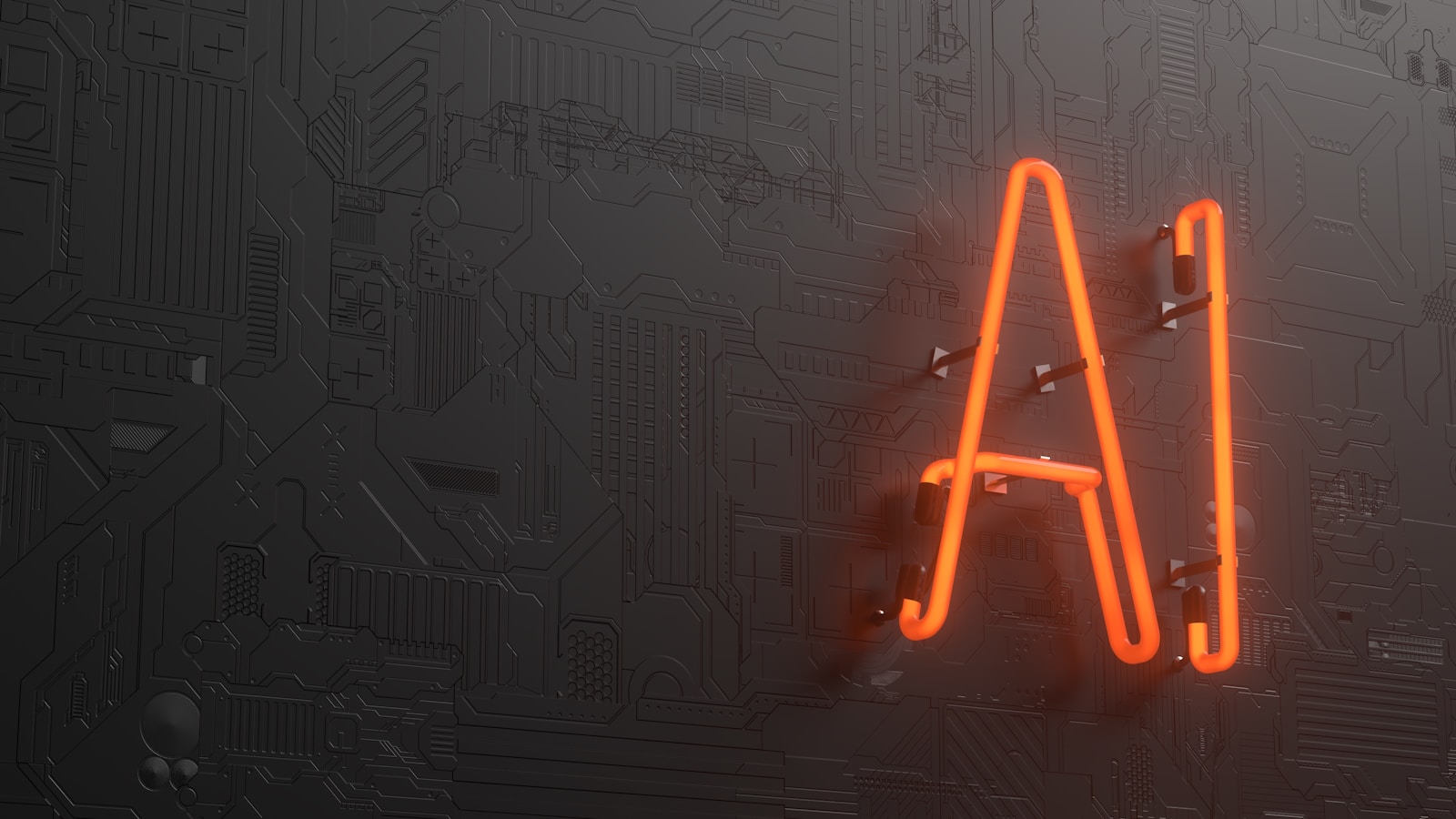Defining the start-up mindset and applying it to established businesses could be a way to revive enthusiasm and encourage innovation.
It was during an innocuous conversation with a taxi driver that I had the realisation about the main difference between a start-up and a corporation.
I was struck that it wasn’t, in fact, the age difference of staff, the level of technological maturity, the spirit of innovation or any other myriad things that consultancies would have you believe can make your company more successful than the next one. It was something far simpler – customer focus.
By definition, a start-up is still hungry in its search of the perfect product-market fit. How you successfully find that is by identifying a customer need that is painful enough for them to pay for it. The best way to do this? Talking to customers and potential customers.
A start-up literally lives or dies based on whether their service is an adequate improvement on that of the pre-existing solution or supplier.
This is not the case for an established business. As the saying goes: “Nobody ever got fired for buying IBM”. This may now be slightly out of date, however it perfectly encapsulates the reluctance of decision-makers to take gambles with new products and services.
A start-up literally lives or dies based on whether their service is an adequate improvement on that of the pre-existing solution or supplier.
his also explains why so many traditional companies are still able to make decent profits and plod along nicely, whilst unknowingly sleep-walking into the abyss.
Shiny, new tech isn’t always best
Many large companies place a huge amount of faith in new technologies being able to revolutionise their business and give them the edge over competitors.
There is absolutely no doubt that implementing innovative technologies, like machine learning, can bring advantages to a company when it supports their core operations. However, it is often the more established technologies – when used in new ways – that can have a significant impact.
Take the example of the Estonia’s e-government and the resulting e-residency programme. None of this technology is anything revolutionary.
They used tried and tested software (in common business use) to do something new. It really isn’t the freshness of technology that matters; it’s what you do with it. And what you do with it largely depends on what you expect to be able to do with it.
How can the established learn from the emerging?
First of all, one of the key differences I regularly see when running workshops with both start-ups and legacy organisations is the willingness (or lack of it) to explore ideas with an open mind and foster a culture where creative thinking can flourish.
No matter the age of team members involved in a start-up, they tend to be far more open to questioning ‘the way things have always been done’. They even revisit past ideas and explore perceived ‘bad’ ones.
This is rarely the case with established companies where quite often, an idea may be given only to be shut down with ‘we tried that in [insert year/project/ department/ location] and it didn’t work’.
If a corporation can shift its attitude and get past this blockage, magic truly happens. A successful innovation programme captures all ideas and has in place mechanisms to revisit them in the future when they might be more easily incorporated and relevant.
No matter the age of team members involved in a start-up, they tend to be far more open to questioning ‘the way things have always been done’.
Secondly, accept the inevitable. There is a lot of wishful thinking taking place at the moment, with many organisations only now starting to acknowledge that the world of work really is changing.
Whereas start-ups are already forward-facing and evolving fast, it can be hard for an established company to assess the bigger picture whilst grappling with ‘business as usual’. When it is seemingly doing well enough to sustain itself, the threat of disruption seems remote.
One of the most well-known examples of this happening is, of course, Blockbuster. You don’t want your organisation to be the next Blockbuster.
Thirdly, where most successful start-ups focus on solving a problem and therefore use or develop the technology to do this, traditional companies frequently start the process from implementing trendy new technology, in the hope of solving its issues or ‘streamlining’ processes.
The current favourite is AI, from predictive analytics to robotic process automation. The organisation involved is usually nowhere near ready for this step – often due to a lack of a clear vision of what they are hoping to achieve.
To benefit from the start-up mindset: be open-minded, get informed and accept certain truths.
Lastly, to effectively capture a market, a new company needs to fully comprehend and establish their key offering and niche. You cannot be everything to everyone, so keeping it simple is best.
As corporations have already gone through this phase – establishing themselves and then diversifying – it makes it trickier to implement digital solutions from their existing position. Having said that, there will be elements of their offering that none of their competitors do as well.
Many companies waste a lot of time, resource and money on a huge number of concurrent digital transformation projects (a client once counted over 100 projects of varying sizes). What tends to be more successful, in fact, is settling on one or two key projects and seeing these through, before starting new ones.
In summary, to benefit from the start-up mindset: be open-minded, get informed and accept certain truths. Then, start small, focus on efficient tech and solve the most painful customer issue first – one step at a time.






